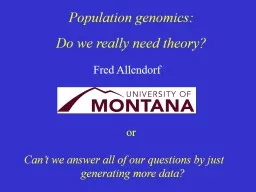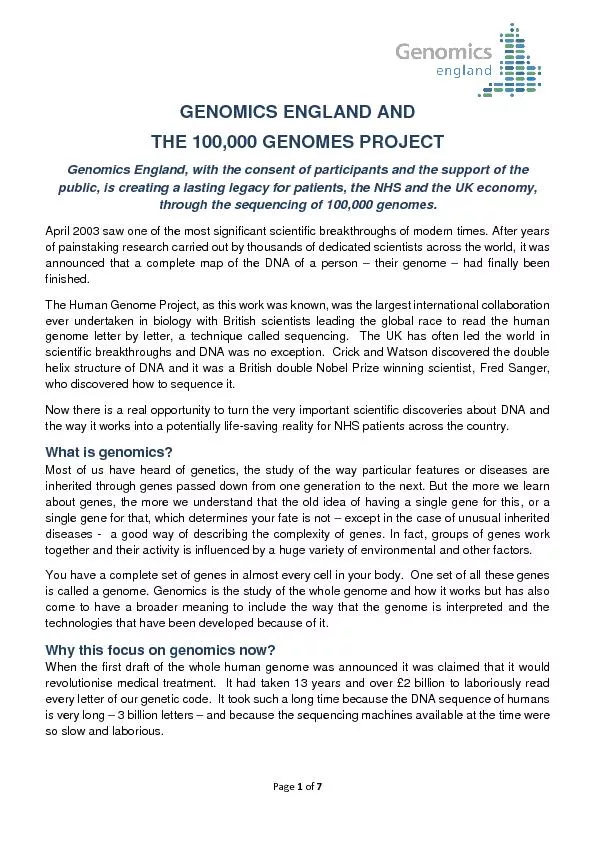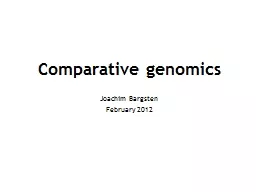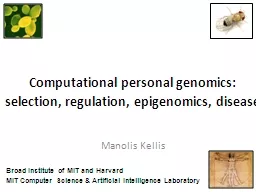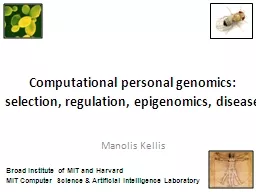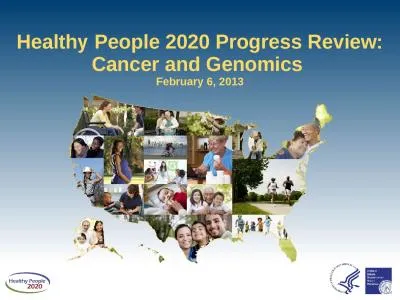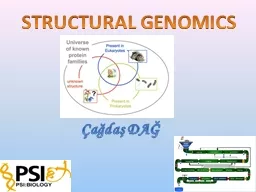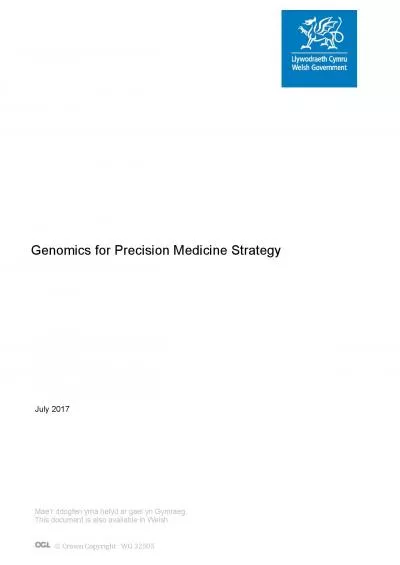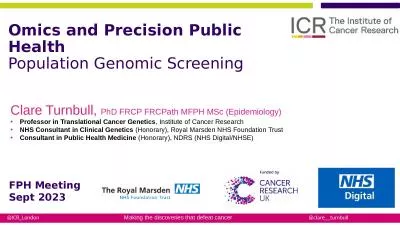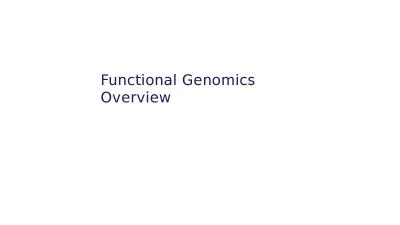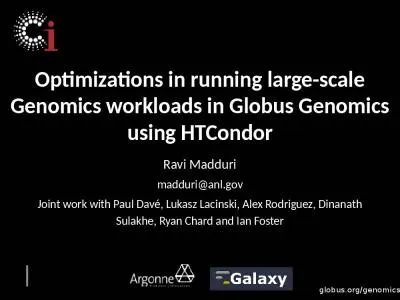PPT-Population genomics: Do we really need theory?
Author : alida-meadow | Published Date : 2018-10-09
Fred Allendorf or Cant we answer all of our questions by just generating more data 1 For many decades empirical population genetics lagged far behind theory developed
Presentation Embed Code
Download Presentation
Download Presentation The PPT/PDF document "Population genomics: Do we really need t..." is the property of its rightful owner. Permission is granted to download and print the materials on this website for personal, non-commercial use only, and to display it on your personal computer provided you do not modify the materials and that you retain all copyright notices contained in the materials. By downloading content from our website, you accept the terms of this agreement.
Population genomics: Do we really need theory?: Transcript
Download Rules Of Document
"Population genomics: Do we really need theory?"The content belongs to its owner. You may download and print it for personal use, without modification, and keep all copyright notices. By downloading, you agree to these terms.
Related Documents

